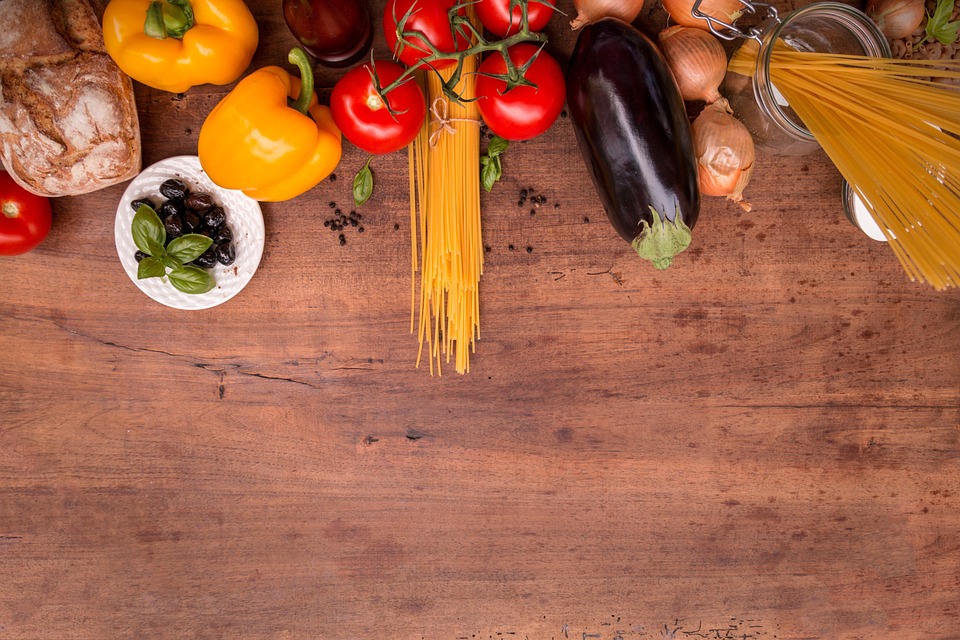The Mediterranean region, often dubbed the "cradle of civilization," is not only a historical melting pot but also a culinary goldmine. Home to diverse cultures, languages, and traditions, the Mediterranean encompasses numerous countries—each contributing its unique flavors, ingredients, and cooking techniques. As we embark on a journey through these sun-kissed coasts, we find a treasure trove of recipes and customs that celebrate the land’s rich bounty and the artistry of its people.
The Heart of Mediterranean Cuisine
At its core, Mediterranean cuisine is a celebration of simplicity and freshness. It thrives on seasonal vegetables, whole grains, olive oil, fish, and lean proteins. Staples like tomatoes, garlic, and herbs such as basil, oregano, and rosemary feature prominently, creating dishes that are vibrant yet uncomplicated.
Common dietary practices emphasize the importance of communal meals, often enjoyed with family and friends. The Mediterranean diet, often praised for its health benefits, encourages moderation and balance. Additionally, meals are often accompanied by robust wines crafted from local vineyards, enhancing the dining experience.
Italian Elegance
Italy’s culinary traditions reflect a deep connection to the land. From the rich pastas of the north to the coastal seafood dishes of the south, each region shines with distinct flavors. In Tuscany, for example, the famed ribollita—a hearty soup made with bread, beans, and seasonal vegetables—exemplifies the "cucina povera," or peasant cooking, which emphasizes frugality without sacrificing taste.
Beyond the plates, Italy is also famed for its regional wines, which perfectly pair with local dishes. The Tuscan Chianti complements a hearty bowl of pasta, while a crisp Vermentino from Liguria enhances the coastal seafood experience.
Spanish Passion
Traveling westward, Spain offers a culinary experience marked by regional diversity and bold flavors. Here, the concept of "tapas" reigns supreme. These small dishes, ranging from olives to elaborate seafood preparations, exemplify the Spanish love for sharing and socializing over food.
In the region of Andalusia, the bright flavors of gazpacho—a chilled raw soup made with tomatoes, peppers, cucumbers, and garlic—are a beacon of summer, showcasing the bountiful produce of the land. Paella, perhaps the country’s most famous dish, marries saffron-infused rice with an array of ingredients, from rabbit and chicken to fresh seafood, depending on the region.
Greek Heritage
In Greece, culinary traditions are deeply intertwined with history. Dishes like moussaka, a layered bake of eggplant, minced meat, and béchamel, tell stories of the land’s rich agricultural heritage. Meanwhile, the ever-popular tzatziki—yogurt, cucumber, and garlic dip—has become a staple worldwide.
Greek cuisine also emphasizes the use of fresh herbs and vegetables, with dishes like dakos (a Cretan salad of barley rusk topped with tomatoes, feta, and olives) celebrating the island’s agricultural gifts. Meals are often finished with a sweet note, such as baklava or loukoum, perfectly encapsulating the essence of Greek hospitality.
Turkish Flavor Megalopolis
Turkish cuisine reflects the richness of its history, encompassing influences from the Byzantine and Ottoman empires. Traditional dishes like kebabs and mezes (a selection of small dishes) find their roots in shared culinary heritage. The iconic döner kebab, made with marinated meat, showcases the grilling techniques that play a pivotal role in Turkish cooking.
Baklava remains a testament to the craftsmanship of Turkish pastries, layered with nuts and honey, a delightful ending to any meal. The country’s diverse regions also boast specific delicacies—such as the hearty lentil soup of central Anatolia or the fresh seafood of the Mediterranean coast.
A Culinary Mosaic
As we travel through the Mediterranean, we see that each country and region contributes to a rich tapestry of flavors and traditions. The emphasis on fresh, local ingredients combined with inviting communal dining experiences encapsulates the essence of Mediterranean life.
Culinary festivals, often celebrating harvests or specific ingredients, allow communities to come together, share their stories, and pass down recipes through generations. Market stalls brimming with fruits, vegetables, fish, and artisan breads reflect the Mediterranean people’s connection to their land and the importance they place on quality in their cooking.
Conclusion
Savoring the sun-drenched flavors of the Mediterranean is about more than just the food; it’s an invitation to embrace a lifestyle steeped in community, health, and joy. From the olive groves of Spain to the vineyards of Italy and the bustling markets of Greece, each bite tells a story, reminding us to appreciate the journey as much as the destination. As we step away from the table, we carry with us not just the flavors of the Mediterranean but also its spirit, encouraging us to savor the sun in our own lives, one meal at a time.



